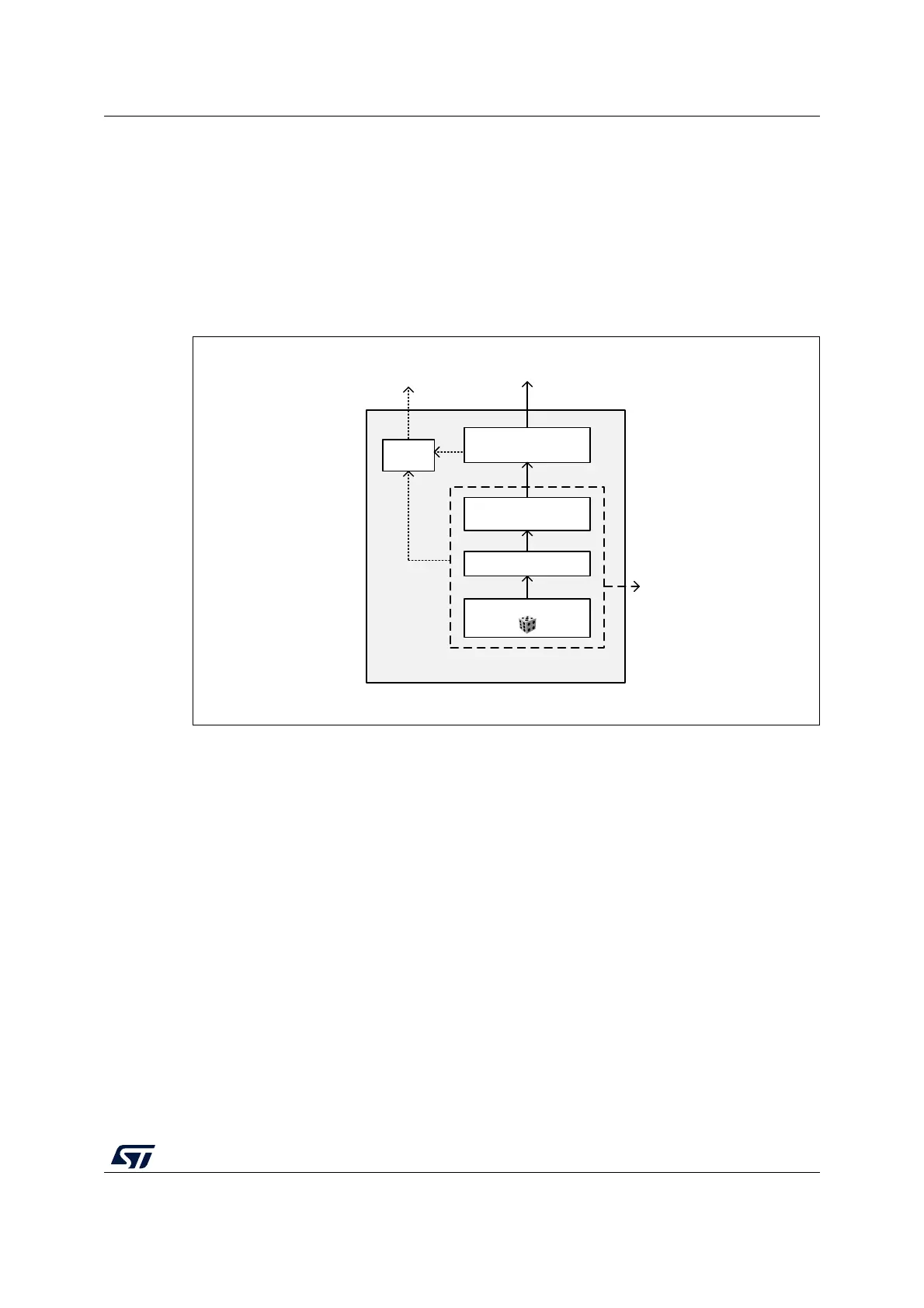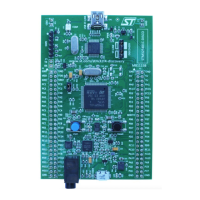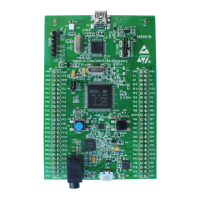RM0402 Rev 6 403/1163
RM0402 True random number generator (RNG)
412
15.3.3 Random number generation
The true random number generator (RNG) delivers truly random data through its AHB
interface at deterministic intervals. Within its boundary the RNG implements the entropy
source model pictured on
Figure 76, and provides three main functions to the application:
• Collects the bitstring output of the entropy source box
• Obtains samples of the noise source for validation purpose
• Collects error messages from continuous health tests
Figure 76. Entropy source model
The main components of the RNG are:
• A source of physical randomness (analog noise source)
• A digitization stage for this analog noise source
• A stage delivering post-processed noise source (raw data)
• An output buffer for the raw data. If further cryptographic conditioning is required by the
application it will need to be performed by software.
• An optional output for the digitized noise source (unbuffered, on digital pads)
• Basic health tests on the digitized noise source
The components pictured above are detailed hereafter:
MSv42095V1
Entropy source
Noise Source
Digitization
Post-processing
(optional)
Raw data
Conditioning
(optional)
Heath
tests
Output
Error
message
Output
(raw data or
digitized noise
source)

